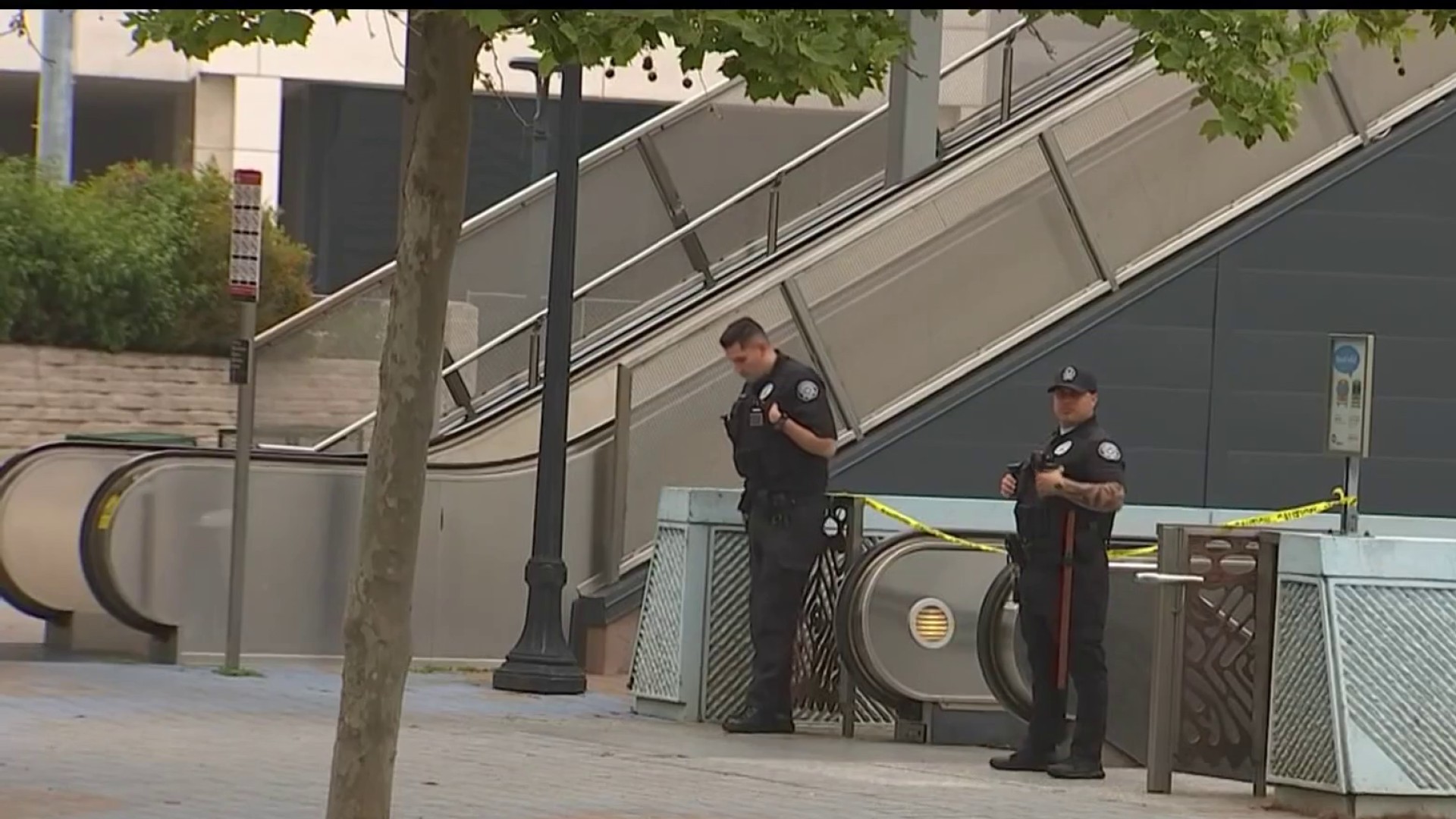California is all too familiar with wildfires, the fast moving flames made unpredictable by wind.
Jamming your most precious and necessary possessions into your car, evacuating and waiting, sometimes for days, as firefighters fight and fight and fight to save homes. Then, finally, returning to see what, if anything, remains.
Kat Merrick understands that moment.
She had been evacuated during the Thomas Fire in December 2017.
When she returned, she stood before ash and rubble. Her home was completely destroyed. It was in that moment the reality of her situation hit her.
"When I stood in front of it - okay it's real now," she said.
Now, as families evacuated for the Woolsey fires begin to return home, Merrick warns, "It's not safe to go home until you do the right steps to ensure your safety."
News
Top news of the day
The Thomas Fire took Merrick's hilltop home, and an infection called "valley fever" nearly took her son.
"He almost died," she says.
Jesse Merrick had returned home to help his mom and maybe even bring her some comfort.
"That is where he was sifting," Kat Merrick says as she stands in the shadow of a twisted scorched tree and points to what used to be her basement.
Jesse was searching for an owl figurine, a beloved souvenir Kat had brought home from a trip to Egypt. Merrick says her son was "determined to find the thing that would be special to me."
Despite wearing a mask, Jesse got sick. He presented cold or flu aches and pains. Kat Merrick says doctors struggled to diagnose her son, but that he kept getting sicker.
Finally, a chest X-ray revealed what she calls a "fungal ball" in his lungs. Infectious disease doctors then diagnosed him with valley fever. Valley fever is a regional fungal infection that comes from breathing in spores found in the soil.
Dr. Gail Simpson is the Medical Director of Infectious Diseases at Community Memorial Hospital in Ventura. She says the risk of valley fever increases when dirt and dust is moved around, especially following earthquakes and wildfires.
Simpson says there are many manifestations of valley fever.
Some manifestations are mild, but in rare cases, valley fever can develop into something serious. Simpson adds, "It can cause meningitis and skin and bone infections."
Symptoms of valley fever include fever, coughing, chest pains, chills, night sweats, headache and rashes.
Simpson says doctors in Ventura are familiar with valley fever and have seen cases since the Northridge Earthquake in 1994.
Valley fever cases have been significantly on the rise in California. The California Department of Public Health recorded an increase of 34 percent over the last year.
Despite the increase in cases, and the impact, Kat Merrick is concerned that the public is not more familiar with valley fever. She says, "We need to educate people, because all of California is dealing with this right now."
While Merrick is still deep in rebuilding her own life, she is urging the growing family of wildfire survivors to take stronger precautions when they return home, by wearing fitted masks, goggles, and rubber coated gloves.
She says, "You’ve got to know the dangers before you expose someone to it."
There are relief organizations that will provide evacuees with safety equipment and training, and even provide knowledgeable volunteers to help.



